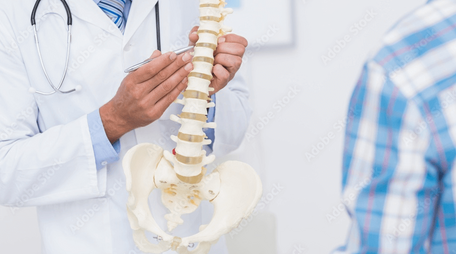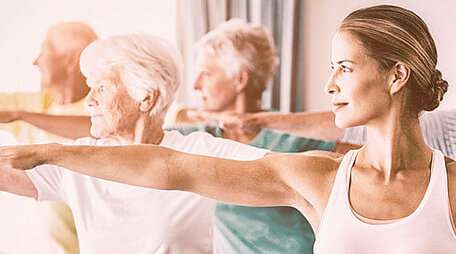This webinar focused on the conservative treatment of adolescent idiopathic scoliosis which is a development of a spinal curvature (scoliosis) during the adolescent years of growth.
Webinar led by:
- Sabrina Donzelli (IT) Specialist in physical and rehabilitation medicine
- Fabio Zaina (IT) Physiatrist specialising in scoliosis
- Nikos Karavidas (GR) Physiotherapist
Guidelines for Bracing and Exercise Therapy
Dr Donzelli presented studies of scoliosis and how we try to monitor and predict how much the scoliosis will progress in the individual child. It is difficult to predict which curves will progress and which ones won’t, and unfortunately there are no studies to show any monitoring and measuring are very reliable. We use skeletal maturity and the size of the curve as well as the age of the child to try to give us an indication.
Effectiveness of Bracing and Exercise Therapy
Dr Zaina continued with explaining the SOSORT (The international scientific society on scoliosis orthopaedic and rehabilitation treatment) guidelines for bracing and exercise therapy to help control smaller curves. Bracing is the main treatment used, and many studies have been done to measure its effectiveness, the adherence to wearing the brace, and the quality of life while wearing a brace. The overall effect is that bracing with exercises is effective in smaller curves to help maintain the curves. Bracing is also sometimes used to control the growth of the spine with more progressive curves but there is no evidence of the brace stopping the progression of a large curve and preventing surgery.
Physiotherapy Scoliosis Specific Exercises (PSSE)
Nikos Karavidas explained the nature of physiotherapy scoliosis specific exercises (PSSE) which can be used in conjunction with wearing a brace or on their own – depending on the size of the scoliosis.
Physiotherapy scoliosis specific exercises consist of three principles:
- 3D auto-correction
- Patient education for activities of daily living
- Stabilization of corrected posture
Studies carried out in 2014, 2016 and 2022 indicate that PSSE (including the Schroth method) are effective in reducing the size of smaller curves (both Cobb angle and rotation) and together with bracing may also be effective in reducing the size in moderate curves.
The session was very informative and has shown that there is a lot of research being carried out to help inform the effectiveness of conservative treatment and rehabilitation of scoliosis.
Written by Patient Line Committee Member Susanne Selvadurai.



